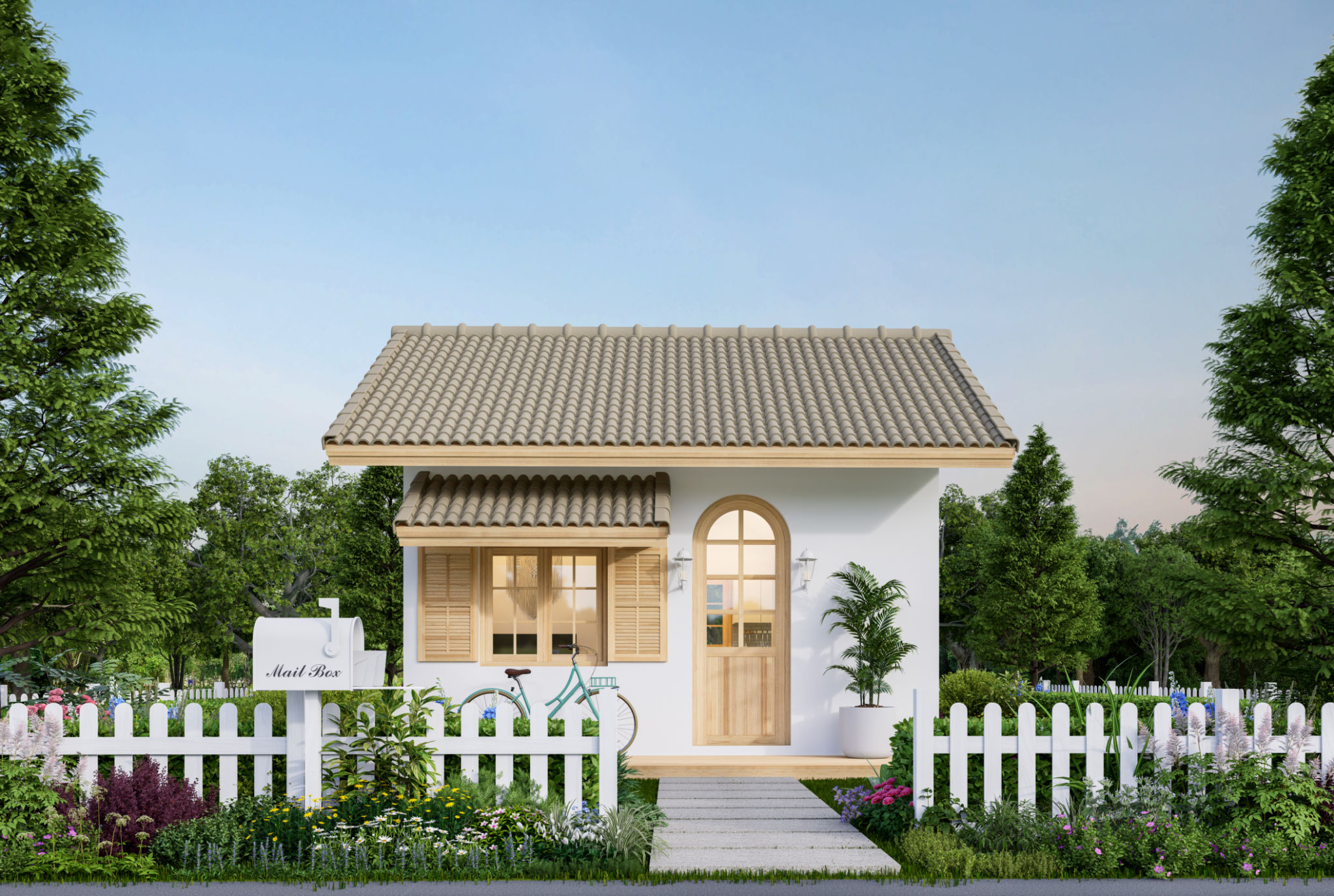Shipping Container Homes vs. Traditional Tiny Homes: A Comprehensive Comparison
Introduction to Tiny Living
The trend of downsizing and living in small, efficient spaces has gained significant traction in recent years. Two popular options for those considering a minimalist lifestyle are shipping container homes and traditional tiny homes. Each has its own set of advantages and challenges, making it essential to understand the differences before making a decision.

Construction and Materials
Shipping Container Homes
Shipping container homes are constructed using recycled steel containers that were originally designed for transporting goods. These containers offer a robust and durable structure, capable of withstanding harsh weather conditions. The use of recycled materials is also environmentally friendly, as it repurposes containers that might otherwise end up in scrapyards.
Traditional Tiny Homes
Traditional tiny homes are typically built using conventional building materials, such as wood, metal, and insulation. These homes often resemble miniature versions of standard houses, offering a more traditional aesthetic. While they may lack the industrial strength of a shipping container, they provide flexibility in design and customization.

Cost Considerations
When it comes to cost, both options can vary significantly based on size, location, and customization choices. However, there are some general trends to consider.
- Shipping Container Homes: Often more affordable due to the use of pre-existing structures. Costs can increase if extensive modifications are needed.
- Traditional Tiny Homes: Costs can be higher due to custom builds and the use of new materials. However, DIY enthusiasts may find ways to reduce expenses.
Design Flexibility
Shipping Container Homes
The rigid structure of shipping containers can pose challenges when it comes to design flexibility. While they excel in modular setups by stacking or joining multiple containers, the inherent limitations in size and shape can restrict layout creativity.
Traditional Tiny Homes
Traditional tiny homes offer greater design flexibility. Builders can create a variety of layouts and aesthetics, from rustic cabins to sleek modern designs. This adaptability allows for personalized touches that cater to the homeowner's preferences.

Mobility and Zoning
Another important factor to consider is the mobility and zoning regulations associated with each type of home.
Shipping Container Homes
While shipping container homes can be moved, they are typically more stationary due to their weight and structural requirements. Zoning laws can also be strict, as some areas have specific regulations regarding container homes.
Traditional Tiny Homes
Tiny homes on wheels offer greater mobility, allowing homeowners to relocate easily. This flexibility is beneficial for those who wish to travel or avoid permanent land ownership. However, zoning laws can still present challenges, as many jurisdictions have restrictions on where tiny homes can be parked.

Sustainability and Environmental Impact
Sustainability is a key consideration for many choosing between these two options. Shipping container homes are praised for their eco-friendliness due to the recycling of materials. In contrast, the environmental impact of traditional tiny homes depends largely on the materials used and the construction process.
Both options offer opportunities for sustainable living through energy-efficient designs, solar power installations, and minimal land use. Ultimately, the level of environmental impact is determined by the choices made during the building process.
Conclusion: Making the Right Choice
Deciding between a shipping container home and a traditional tiny home ultimately depends on personal preferences, lifestyle goals, and budget constraints. Both options offer unique benefits that cater to different aspects of minimalist living. By understanding the pros and cons of each, potential homeowners can make an informed decision that aligns with their vision for a simpler, more sustainable lifestyle.
